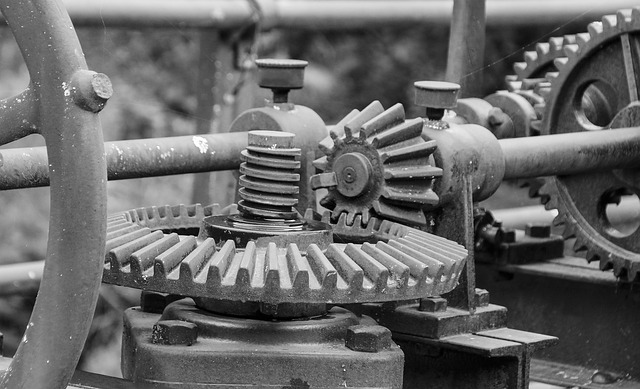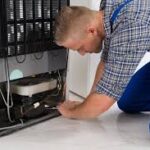Marine engine Parts are the heart of every vessel, whether it’s a small fishing boat or a large commercial ship. Like any engine, they rely on a network of carefully engineered components to run smoothly and efficiently. Understanding the key marine engine parts can help boat owners with regular maintenance, troubleshooting, and ensuring longevity of their engines.
In this blog, we’ll break down the most essential marine engine parts, their functions, and tips for keeping them in good condition.
Cylinder Block and Cylinders
At the core of every marine engine is the cylinder block — the main housing where combustion happens. Inside, you’ll find the cylinders, which host pistons moving up and down to generate power.
-
Maintenance Tip: Keep an eye out for signs of overheating, which could signal coolant issues or poor lubrication.
Pistons and Connecting Rods
Pistons move within the cylinders and are connected to the crankshaft via connecting rods. This movement converts fuel combustion into mechanical power.
-
Common Issues: Worn piston rings or scuffed pistons can reduce engine compression and performance.
-
Tip: Use high-quality oil and follow manufacturer-recommended service intervals.
Crankshaft
The crankshaft converts the linear motion of the pistons into rotational motion, ultimately turning the boat’s propeller.
-
Sign of Trouble: Vibrations or knocking noises could mean the crankshaft is misaligned or bearings are worn.
Camshaft and Valvetrain
The camshaft controls the opening and closing of the engine’s valves. This timing is critical for proper fuel intake and exhaust expulsion.
-
Important Note: Timing issues can drastically affect performance and fuel efficiency.
Fuel System
This includes the fuel injectors, fuel pump, and filters. Marine engines need a consistent and clean supply of fuel to operate properly.
-
Maintenance Tip: Replace fuel filters regularly and drain water separators to avoid fuel contamination.
Cooling System
Unlike automotive engines, marine engines often rely on raw water cooling systems, which pull water from the ocean, lake, or river to regulate engine temperature.
-
Key Components: Water pump, heat exchanger, thermostat, and impellers.
-
Tip: Check the impeller regularly; it’s a common point of failure.
Lubrication System
This system reduces friction between moving parts. It includes the oil pump, oil filter, and oil cooler.
-
Check Regularly: Oil levels, viscosity, and potential leaks. Dirty or low oil can lead to catastrophic engine damage.
Exhaust System
The exhaust system channels combustion gases away from the engine and out of the vessel. It also prevents water from backing into the engine.
-
Watch For: Rust, corrosion, and blockages that can cause dangerous pressure build-up or poor engine performance.
Electrical Components
Modern marine engines rely on electronics for ignition, fuel injection, and engine monitoring.
-
Includes: Alternator, starter motor, spark plugs (for gas engines), and engine control unit (ECU).
-
Important: Always protect electrical systems from saltwater exposure.
Transmission and Propulsion
The marine transmission (gearbox) connects the engine to the propeller shaft. It controls forward, neutral, and reverse motions.
-
Tip: Check transmission fluid regularly and inspect seals for leaks.
Conclusion
Understanding the main parts of a marine engine can go a long way toward better performance, fuel economy, and long-term reliability. Regular inspections, proper maintenance, and timely replacement of worn parts are crucial for safe and efficient boating.


